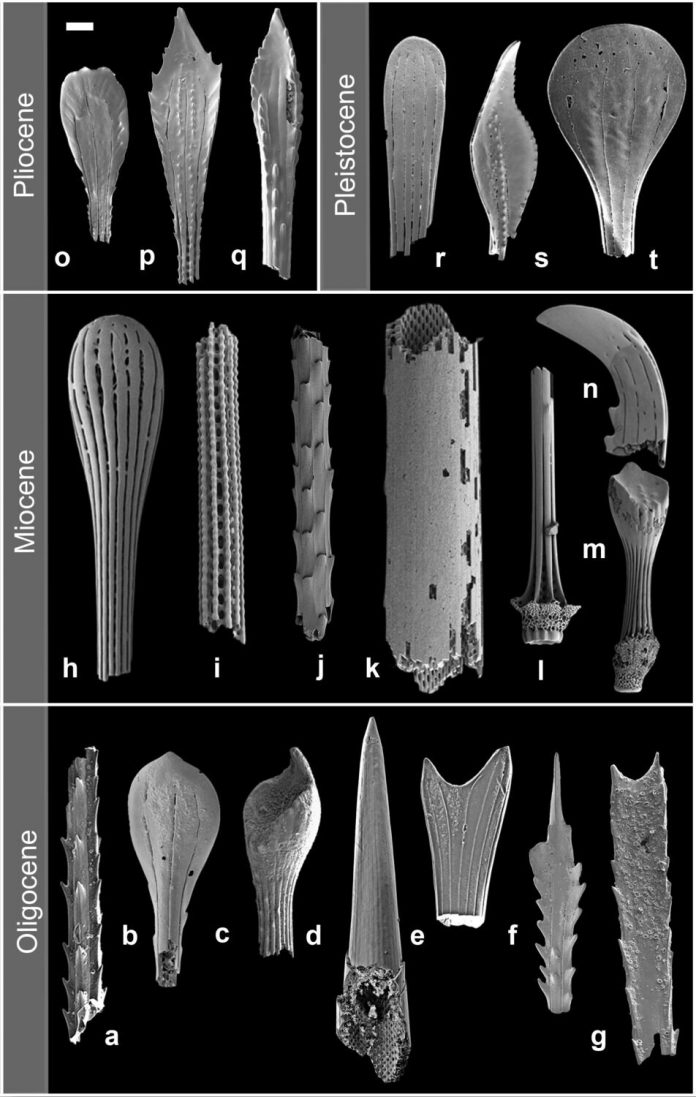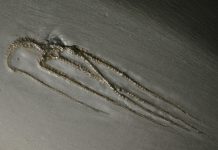
What can fossil spines really tell us about ocean adaptation? Beneath the Ocean’s surface, the earliest, most basic life forms on Earth emerged but how did they survive mass extinction?
The deep sea is now known for its unusual marine life, but what researchers really want to know is how early life on the seafloor evolved.
According to some theories, deep-sea ecosystems have repeatedly reemerged after mass extinctions and oceanic upheavals, but how?
The current life in the deep sea may be relatively recent in the Earth’s history, as there is mounting evidence that some parts of the world are significantly older than previously believed.
Groundbreaking fossil evidence: 104 million years old
A research team led by The University of Göttingen have recently presented groundbreaking fossil evidence. This evidence supports the stable colonisation of the deep sea floor by higher invertebrates for at least 104 million years.
Fossil spines from irregular echinoids, also known as sea urchins, indicate their clear, long, continuous existence since the Cretaceous period.
These findings also emphasise how these creatures evolved while adapting to ever-changing environmental conditions, just as they do now.
Fossil spine samples and our ancient world
The research team extensively analysed over 1,400 sediment samples extracted from boreholes in the Pacific, Atlantic, and Southern Oceans. These samples originated from previous water depths ranging from 200 to 4,700 meters.
They found more than 40,000 fragments of spines, classifying them as irregular echinoids based on their structural characteristics and shapes. In comparison, the scientists documented various morphological attributes of these spines, such as shape and length.
They also measured the thickness of approximately 170 spines from two distinct time periods.
As an indicator of the total mass of the sea urchins in the habitat — their biomass — they determined the amount of spiny material in the sediments.
The fossil spines document indicates the irregular echinoids that have lived in the deep sea for at least 104 million years.
They also provide insights into the past; the huge meteorite impact about 66 million years ago, which caused the extinction of many species, including the dinosaurs, also had a big impact on the deep sea.
This was shown through the morphological changes in the spines: they changed shape and became thinner after this event.
A better chance of survival
The researchers interpret this as the “Lilliput Effect.” Scientists believe this meant the smaller species had a better chance of surviving after a mass extinction, leading to the smaller body size of species.
They believe this could have been because of the lack of food on the sea surface. “We interpret the changes in the spines as an indication of the constant evolution and emergence of new species in the deep sea.”
“About 70 million years ago, the biomass of sea urchins increased. We know that the water cooled down at the same time. This relationship between biomass in the deep sea and water temperature allows us to speculate how the deep sea will change due to human-induced global warming, ” explains Dr Frank Wiese from the Department of Geobiology at the University of Göttingen, the study’s lead author.
This relationship between biomass in the deep sea and water temperature allows us to speculate how the deep sea will change due to human-induced global warming
The Universities of Heidelberg and Frankfurt and the Museum für Naturkunde Berlin were involved in the research project.
Editor's Recommended Articles
-
Must Read >> Colonial bias evident in fossil research













